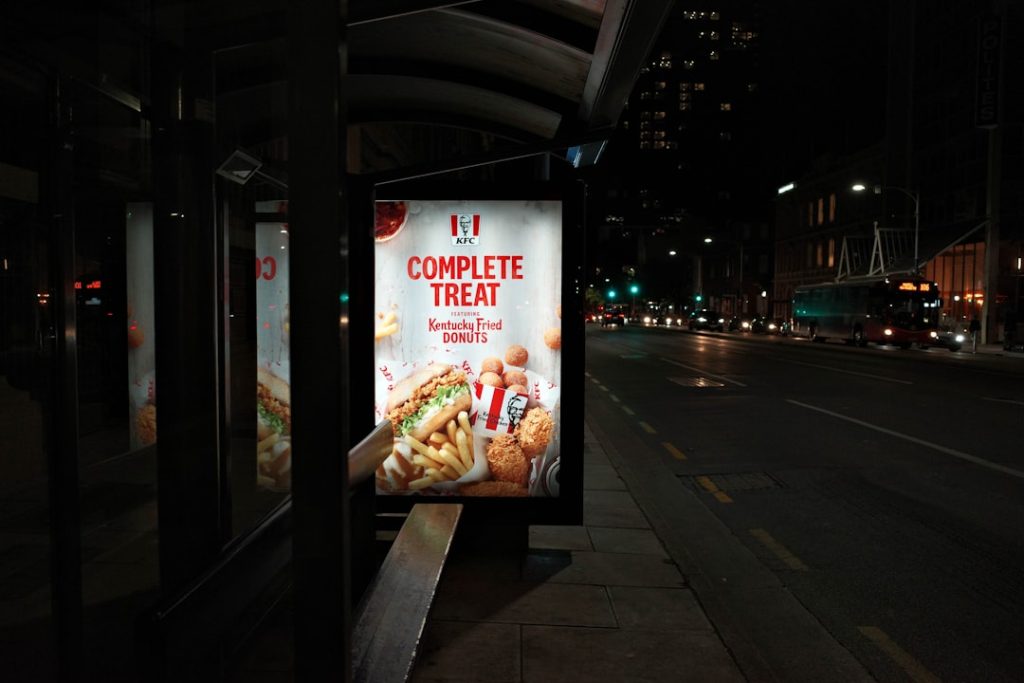Ever wonder why your paid ads aren’t bringing in the customers you expected? It’s a frustrating situation, but you’re not alone. Many businesses pour money into online advertising only to see minimal return. Let’s break down the common reasons why paid ads fail to convert, so you can turn those clicks into customers.
Poor Targeting: Showing the Wrong Ad to the Wrong People
Imagine advertising luxury watches to people who are primarily interested in budget-friendly fitness trackers. That’s what happens when your targeting is off. Effective ad campaigns start with understanding your ideal customer. Consider these targeting factors:
- Demographics: Age, gender, location, income, education, etc.
- Interests: Hobbies, passions, activities.
- Behaviors: Past purchases, online activity, website visits.
By refining your targeting, you ensure your ads are seen by people who are actually interested in your product or service. Use platform tools such as Facebook Ads Manager, Google Ads audience manager to narrow down your audience for optimal ad performance
Irrelevant Ad Copy and Creative
Even with perfect targeting, your ad can still flop if the message doesn’t resonate. Your ad copy and creative elements (images or videos) must be compelling and relevant to your audience. Here’s what to consider:
- Headline: Grab attention instantly. Use strong verbs and address a specific need or problem.
- Body Text: Clearly explain the benefits of your product or service. Focus on what the customer will gain.
- Visuals: Use high-quality images or videos that are visually appealing and relevant to your message.
A/B test different ad variations to see what resonates best with your audience. Small tweaks in your ad copy or creative can make a big difference.
A Disconnect Between Ad and Landing Page
Your ad promises something, and your landing page needs to deliver. If customers click on your ad and land on a page that’s irrelevant, confusing, or poorly designed, they’ll bounce. Here’s how to ensure a seamless transition:
- Maintain Consistency: The headline, visuals, and overall message on your landing page should align with your ad.
- Clear Call to Action: Tell visitors exactly what you want them to do (e.g., “Shop Now,” “Sign Up,” “Get a Free Quote”).
- Mobile Optimization: Ensure your landing page looks and functions flawlessly on mobile devices.
Ignoring Mobile Users
A significant portion of online traffic comes from mobile devices, so overlooking mobile optimization is a major mistake. If your ads or landing pages aren’t mobile-friendly, you’re losing potential customers. Here’s what to focus on:
- Responsive Design: Ensure your website and landing pages automatically adapt to different screen sizes.
- Fast Loading Times: Mobile users are impatient. Optimize images and code to ensure quick loading times.
- Easy Navigation: Make it easy for mobile users to browse your site and find what they need.
Not Tracking and Analyzing Results
Running paid ads without tracking your results is like driving blindfolded. You need to know what’s working and what’s not to optimize your campaigns. Here’s what you should be tracking:
- Click-Through Rate (CTR): The percentage of people who see your ad and click on it.
- Conversion Rate: The percentage of people who complete a desired action (e.g., purchase, sign-up) after clicking your ad.
- Cost Per Acquisition (CPA): The cost of acquiring a new customer through your ad campaign.
Use tools like Google Analytics to track your results and identify areas for improvement. Continuously monitor your campaigns and make adjustments based on the data.
Conclusion
Don’t get discouraged if your paid ads aren’t converting as expected. By identifying and addressing these common pitfalls, you can optimize your campaigns and turn those clicks into valuable conversions. Keep testing, analyzing, and refining your approach, and you’ll be well on your way to advertising success.
